This article was medically reviewed by Jonas DeMuro, MD. Dr. DeMuro is a board certified Pediatric Critical Care Surgeon in New York. He received his MD from Stony Brook University School of Medicine in 1996. He completed his fellowship in Surgical Critical Care at North Shore-Long Island Jewish Health System and was a previous American College of Surgeons (ACS) Fellow.
There are 9 references cited in this article, which can be found at the bottom of the page.
This article has been viewed 39,207 times.
People who are physically active or participate in high contact sports are at a greater risk of injury. A common injury is a separated AC joint. AC is an abbreviation for acromioclavicular, one of the ligaments that holds the two parts of your shoulder together. The AC or acromioclavicular ligament and the CC or coracoclavicular ligament can be slightly torn or totally ripped apart. A shoulder separation can be mild or severe, depending on how significantly the ligaments are injured. You can check yourself for signs of a separated AC joint, but make sure that you seek medical attention if you are in severe pain or if your pain and other symptoms persist.
Steps
Checking for Common Symptoms
-
1Identify pain near your shoulder joint. Pain or discomfort in your shoulder or in the area around it may indicate that you have a shoulder injury. You might notice pain at all times or just when you move or apply pressure to the affected area. Pay attention to how your shoulder feels at rest and when you move it.
- Joint separations are graded from mild (grade one) to severe (grade three). Grade one is a sprain, grade two is a partial separation, and grade three is a full separation. A grade one AC separation might just feel sore, while a grade three separation might cause intense pain.[1]
- Grades one through three are the most common classifications, but there are actually three more grades: four, five, and six. These are rare and usually involve tearing of the deltoid and/or trapezius muscles.[2]
- Along with pain, you might also notice some swelling in your shoulder if you have a grade two or grade three AC separation.[3]
-
2Listen for a popping sound. As you move your shoulder joint around, it should be silent. If you hear any popping sounds, it may mean that you have injured your AC joint. Gently rotate your shoulder around and listen for any popping or snapping sounds.
- Keep in mind that hearing a popping sound is more common with a grade three separation.[4] See your doctor as soon as possible if you hear popping sounds.
Advertisement -
3Look for a bump on your shoulder. Examine your shoulder and the area around it to determine if you have any bumps. A small bump can form on the top of your shoulder where your clavicle bone stops. This is almost always a symptom of a shoulder separation.
- Having a bump on your shoulder is more common with a grade three separation.[5] See your doctor right away if you notice a bump.
-
4Check your clavicle for movement. Movement of your clavicle bone is a symptom of a separated AC joint. Your clavicle is the bone that connects your breastbone to your shoulder. Place your hand on your clavicle and gently push it to see if it moves or remains stationary. Your clavicle should not move when you press it.
- Movement in your clavicle is also more common with a grade three AC separation and indicates that you need to see a doctor as soon as possible.
-
5See if you have limited range of motion. Your range of motion can change after an injury. Try to rotate your injured shoulder in all different directions. Not being able to move your injured shoulder in the same ways as you can move your other shoulder may be a sign of a separated AC joint. Try moving your shoulder in the following ways:
- Lift your shoulder up.
- Push your shoulder down.
- Pull your shoulder across your body.
- Pull your shoulder out to the side.
- Pull your shoulder back and stretch it behind your head.
-
6Feel for numbness in your shoulder. Cold or numbing sensations in your extremities or fingers can also be a sign that you have suffered a shoulder injury. Apply some gentle pressure to your shoulder and the surrounding area to see if you can feel it.[6]
- Sit or stand still and begin to press gently into your affected shoulder. Try this with your unaffected shoulder as well to see if both shoulders feel the same.
- The sensation you are trying to feel for is similar to when your body parts “fall asleep.”
Treating a Separated AC Joint
-
1Seek medical attention for severe symptoms. You should seek medical help right away if you are in severe pain. If pain or tenderness in your shoulder area increases over time or persists, contact a doctor to get a formal diagnosis.
- Your doctor will perform a physical exam and x-rays to determine if you have an AC separation or if something else is causing your pain.[7]
-
2Apply ice to the injury. You can apply an ice pack to your shoulder to soothe the pain and help relieve swelling. Wrap an ice pack (or a bag of frozen vegetables) in a clean, dry towel and place the pack on your shoulder for up to 20 minutes.[8]
- Make sure that you give your skin a break after 20 minutes and allow it to return to normal temperature. Otherwise, you risk getting frostbite.
-
3Take an over-the-counter pain reliever. Over-the-counter pain medications such as acetaminophen, ibuprofen, and aspirin can help to relieve pain from a separated AC.[9] Follow the manufacturer's instructions for dosage.
- Ask your doctor if you are not sure about how much to take.
-
4Rest your shoulder. Your shoulder may take a few weeks to heal. During this time, try not to do anything strenuous with your shoulder and rest it as much as possible. You may even need to wear a sling depending on the severity of your injury.[10]
- Avoid moving your shoulder in any way that makes it feel worse. Try to keep it in a position that feels comfortable.
-
5Ask your doctor about physical therapy. Depending on the severity of your injury, you may need to do some physical therapy. A physical therapist can teach you exercises to strengthen and stretch your shoulder muscles as your AC separation heals.[11]
- Do not attempt to do strength training or stretching exercises without your doctor's permission. Also, make sure that the exercises you do are approved by your doctor. Some exercises might aggravate your injury.
-
6Discuss surgical options for a severe injury. If your AC separation is severe or does not improve with time, then you may need to discuss surgical options with your doctor. A surgeon can fix the torn ligaments in your shoulder and reposition bones that moved out of place during the injury.[12]
- Keep in mind that surgery is reserved for cases that do not heal with conservative therapy, have persistent pain or a severe deformity.. Most separated AC joints will heal on their own within a few days to 12 weeks.[13]
Considering Causes, Risk Factors, and Complications
-
1Try to identify the cause of your injury. The most common cause of a separated AC joint, is a serious fall or a direct blow to the area. Common activities that can lead to a separated AC joint are sports that are high contact, activities involving repetitive overhead movement, or even things like gardening or cleaning.[14]
- Reflect on your activities over the last few weeks to see if you can identify the cause of your injury. Try to determine if there was a time when you fell down, got into an accident, or experienced sudden pain in your shoulder.
-
2Consider whether you are at risk. Anyone who is involved in contact sports or sports where falls are common is at a greater risk of getting a shoulder injury. Participation in the following sports can pose a higher risk:[15]
- Hockey
- Gymnastics
- Skiing
- Wrestling
- Football
-
3Keep in mind that there are some possible complications. Although most people will heal from a mild injury on their own, is important to seek treatment for an AC separation that continues to cause you pain and/or discomfort. Not seeking the proper treatment may lead to continued pain in your shoulder, which is more likely if you:
- Develop arthritis
- Have a displaced clavicle bone
- Damage other structures in your shoulder, such as your rotator cuff
Warnings
- A self-diagnosis of a separated AC joint is not a substitute for proper medical diagnosis.⧼thumbs_response⧽
- As soon as you notice pain in your shoulder, discontinue physical activities to prevent further injury to the affected area.⧼thumbs_response⧽
References
- ↑ http://www.houstonmethodist.org/orthopedics/where-does-it-hurt/shoulder/acromioclavicular-joint-separation/
- ↑ https://kneeandshoulderclinic.com.au/shoulders/surgical-conditions/ac-joint-separation/
- ↑ http://www.houstonmethodist.org/orthopedics/where-does-it-hurt/shoulder/acromioclavicular-joint-separation/
- ↑ http://www.houstonmethodist.org/orthopedics/where-does-it-hurt/shoulder/acromioclavicular-joint-separation/
- ↑ http://www.houstonmethodist.org/orthopedics/where-does-it-hurt/shoulder/acromioclavicular-joint-separation/
- ↑ http://www.emedicinehealth.com/shoulder_separation/article_em.htm
- ↑ https://my.clevelandclinic.org/health/diseases/17909-separated-shoulder
- ↑ https://my.clevelandclinic.org/health/diseases/17909-separated-shoulder
- ↑ https://www.thesteadmanclinic.com/patient-education/shoulder/ac-separation
- ↑ https://www.hopkinsmedicine.org/health/conditions-and-diseases/ac-joint-problems
- ↑ https://my.clevelandclinic.org/health/diseases/17909-separated-shoulder
- ↑ https://www.hopkinsmedicine.org/health/conditions-and-diseases/ac-joint-problems
- ↑ http://orthoinfo.aaos.org/topic.cfm?topic=a00033
- ↑ http://orthoinfo.aaos.org/topic.cfm?topic=a00327
- ↑ http://orthoinfo.aaos.org/topic.cfm?topic=a00327
About This Article
To self diagnose a separated AC joint, see if you have any pain, ranging from slight soreness to intense pain, when you move or apply pressure to your shoulder. If you do, you might have a separated AC joint. You can also check whether there’s a popping sound when you move your shoulder or if you have a small bump on the top of your shoulder where your clavicle bone stops, both of which are other common signs of the condition. Since a separated AC joint can limit your range of motion, check if it’s difficult to move your shoulder up, down, and across your body compared to your other shoulder. If you notice any of these signs, visit a doctor so they can make a diagnosis and give you treatment options, such as pain medication or physical therapy. For more help from our Medical co-author, including how to check for numbness in a shoulder with a possible separated AC joint, read on!
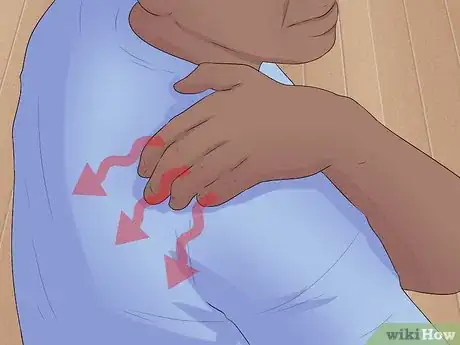
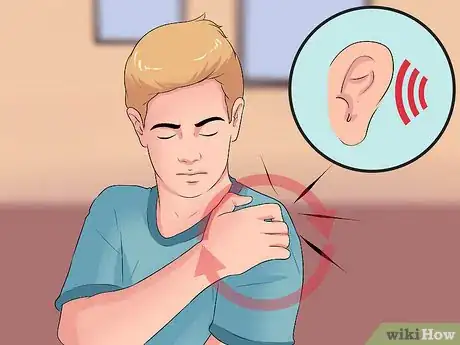
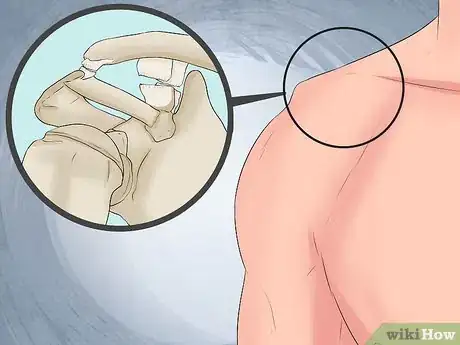
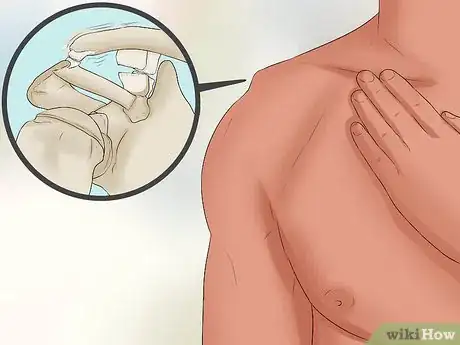
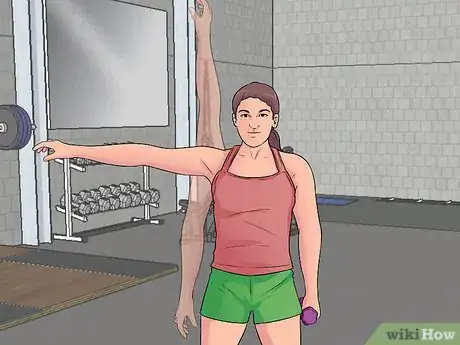
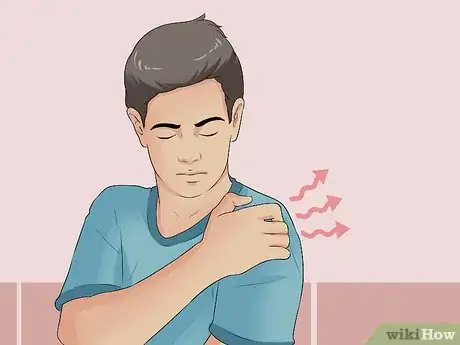
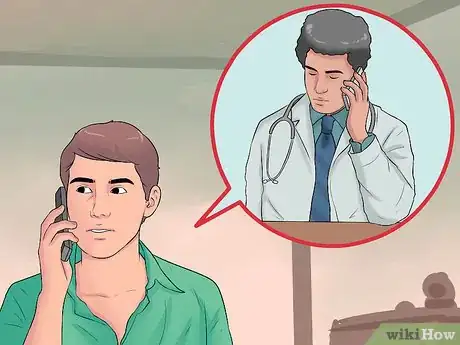
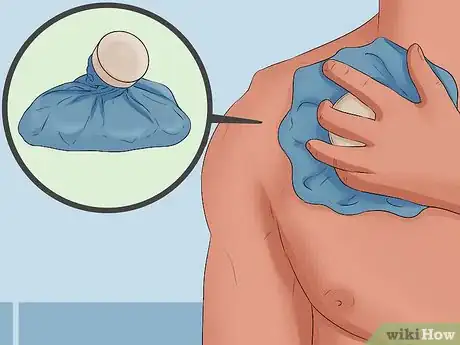
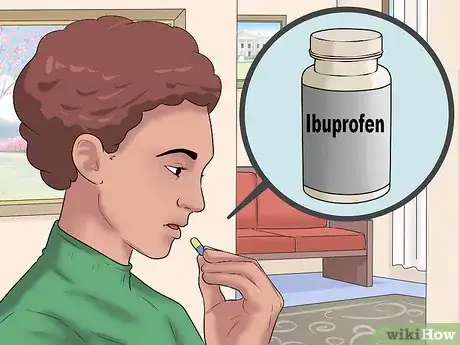
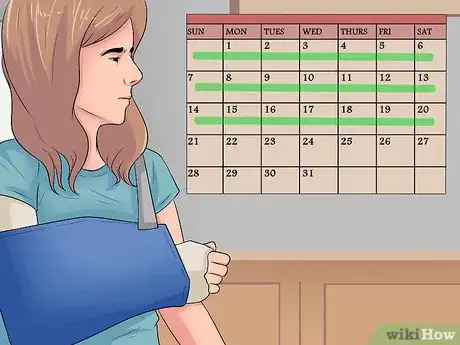
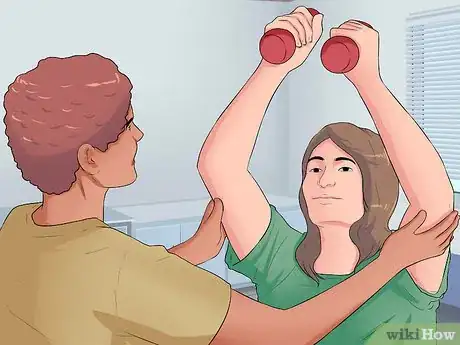
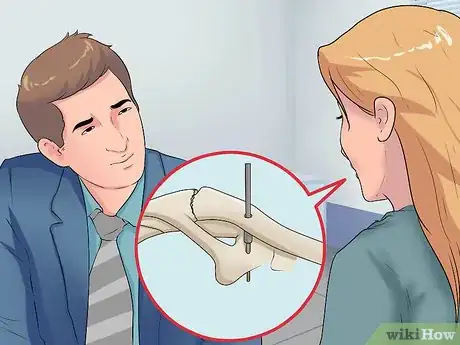
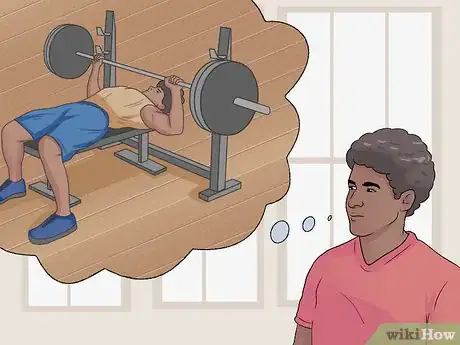
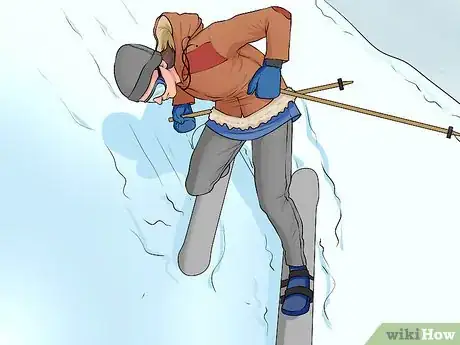
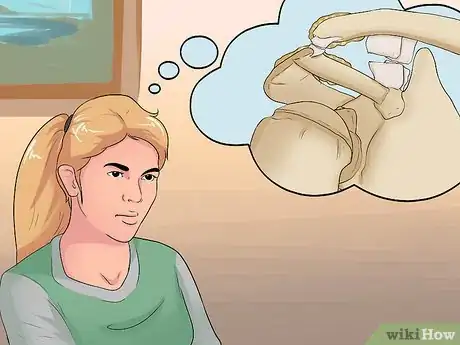
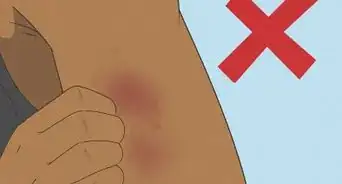
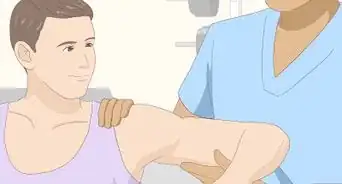
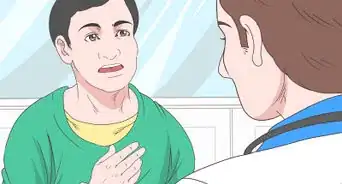
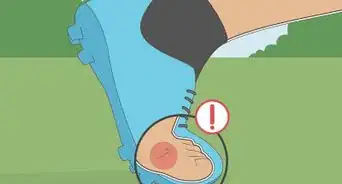

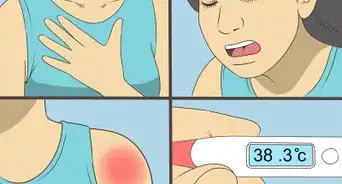
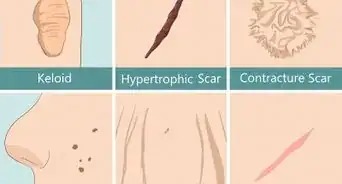
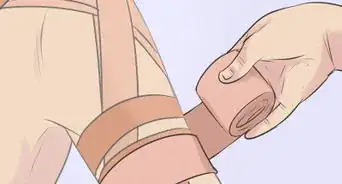
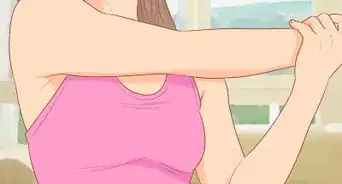

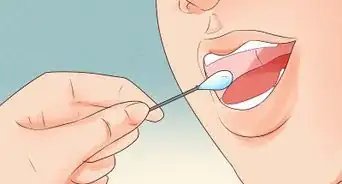
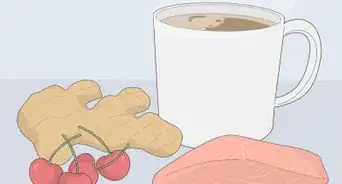









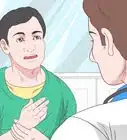
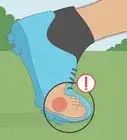



































Medical Disclaimer
The content of this article is not intended to be a substitute for professional medical advice, examination, diagnosis, or treatment. You should always contact your doctor or other qualified healthcare professional before starting, changing, or stopping any kind of health treatment.
Read More...